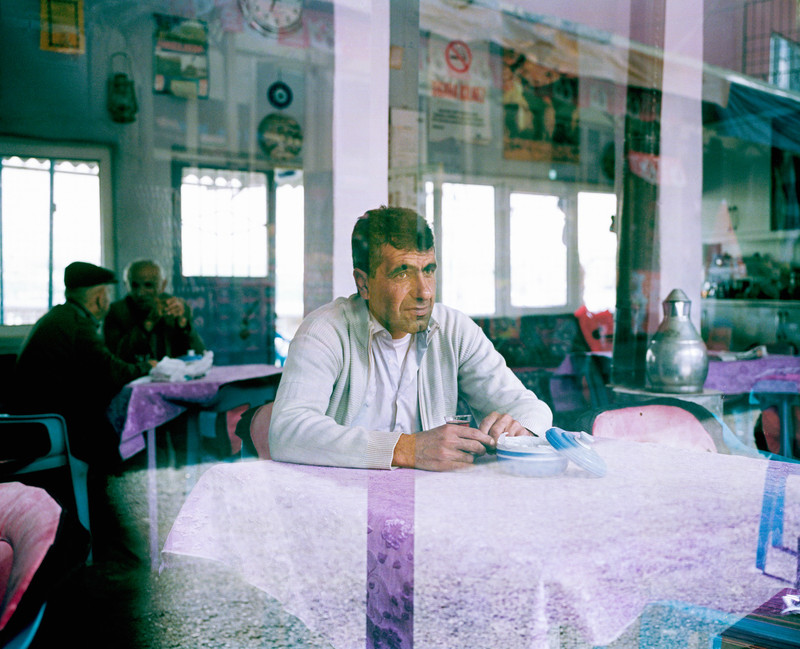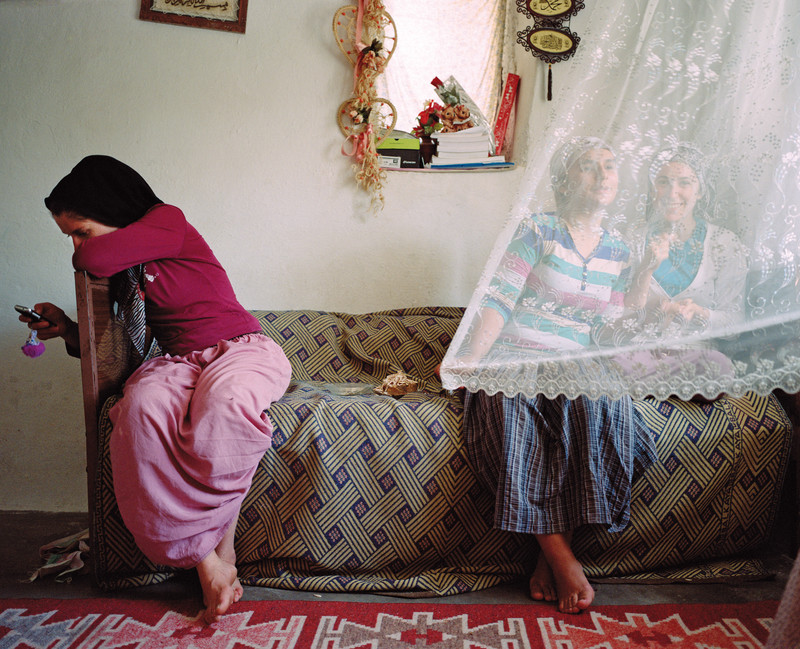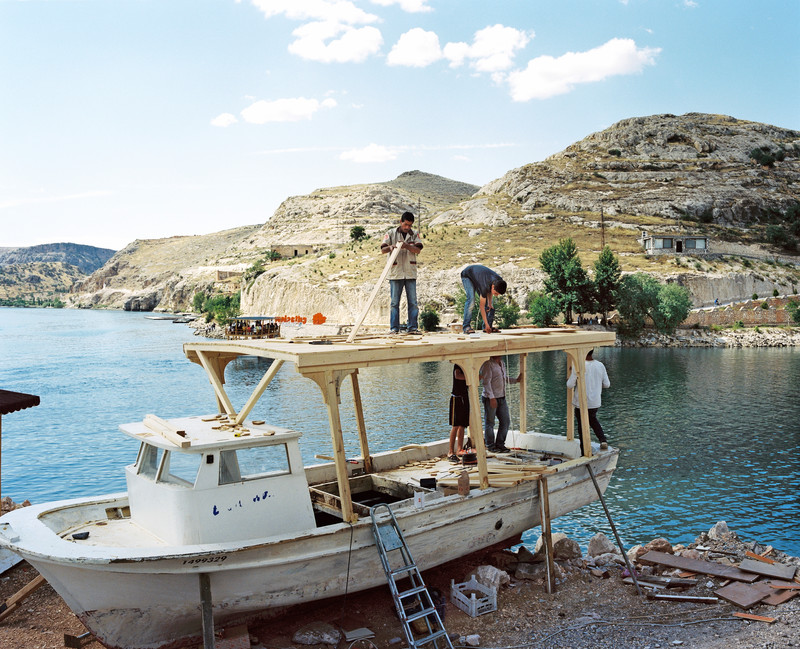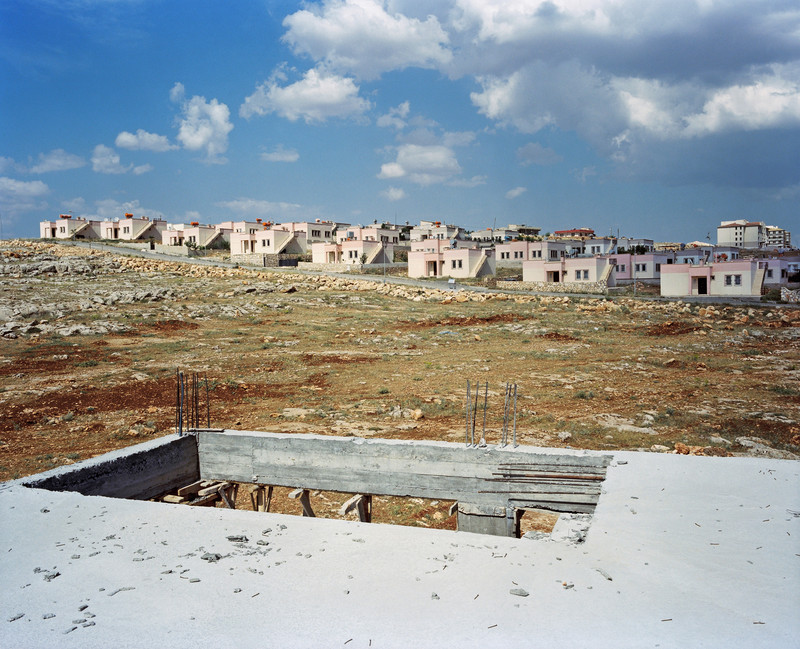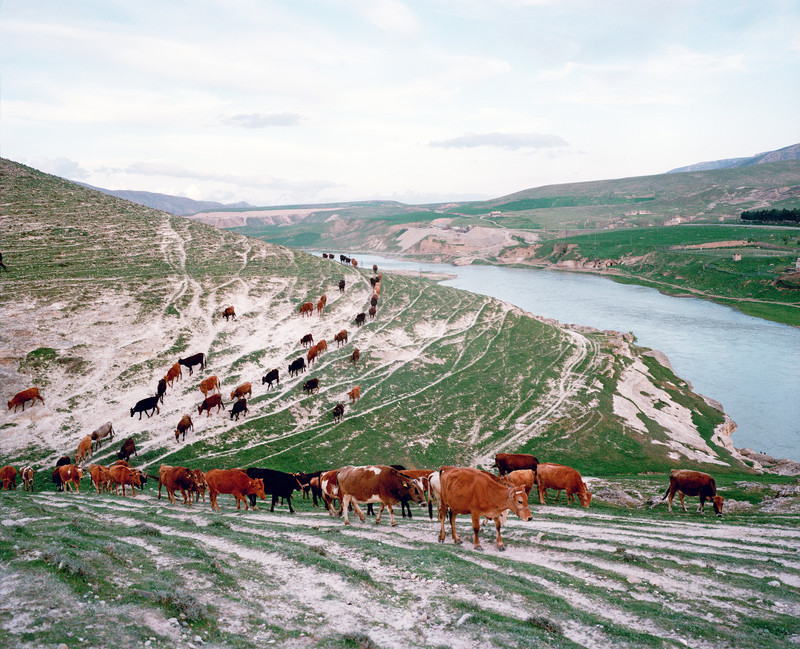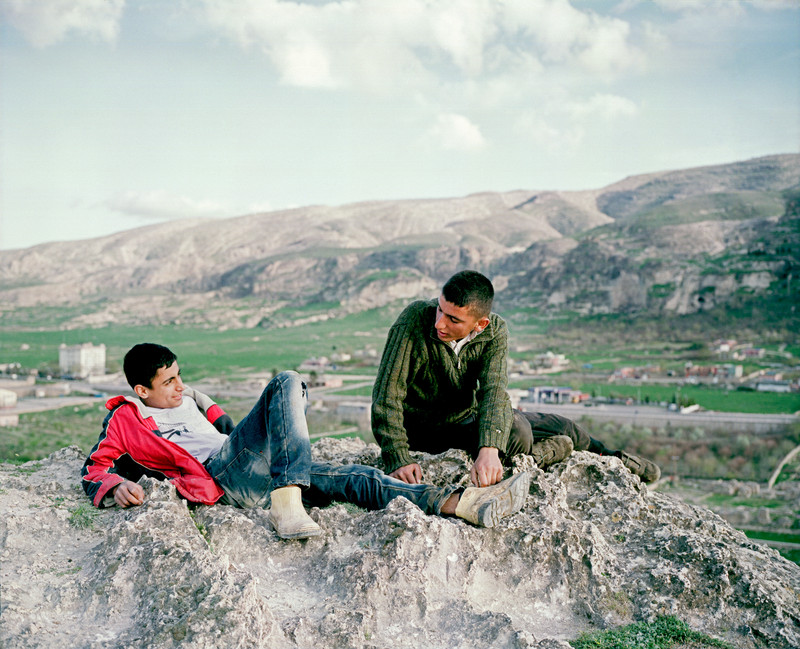A small town in southeastern Turkey, Hasankeyf, will be submerged in the coming months.
Hasankeyf and its surrounding limestone cliffs are home to thousands of human-made caves, 300 medieval monuments and a unique canyon ecosystem.
An artificial lake as part of the Ilisu hydroelectric dam project will swallow up the ancient town, which has been inhabited for 12,000 years. The dam will be Turkey's second largest. It has been built further downstream of the Tigris River, which runs through Hasankeyf.
The Ilisu dam project is a central element of the Southeastern Anatolia Project (GAP), a land development plan to boost the economy of the long-neglected region, through hydroelectric energy and irrigation, AFP reports. The 3,000 habitants of Hasankeyf are divided on their feelings about the imminent flooding of their town and a hundred nearby villages.
Some are angry at the sacrifice being imposed on them, while others are impatient for the economic benefits promised by the government. Many of the residents feel that the project will destroy the history embedded in their small, historic town and local activists have opposed the intervention over fears about long-term destruction to the environment. Ercan Ayboga, an environmental engineer for the Initiative to Keep Hasankeyf Alive, has cautioned that the impacts of flooding the ancient area could have everlasting effects, even though the dam may not be a permanent fixture beyond the next century.
“The Tigris River basin is one of the last areas where a river runs freely in Turkey without having been dammed,” Ayboga told The Guardian in a report published in 2017. “The dam will completely destroy the river banks. The microclimate will change due to the dam, a phenomenon we have already seen after the dams on the Euphrates. The biodiversity will suffer; the rich variety of plant and animal life will be severely diminished.” However, the Turkish government dismisses much of the criticism, arguing that everything has been done to save the monuments.
For example, in August 2018, the 1,600-ton historic Artuklu Hamam bathhouse was loaded onto a wheeled platform and moved down a specially constructed road to its new home. A site that is located 2 kilometres from the town and is soon to become an archaeological park. Workers also recently moved the remnants of a 14th-century Ayyubid mosque to that same site.
In May 2017, workers moved an enormous, 600-year-old tomb on a large wheeled platform to safety. The 15th-century, domed Zeynel Bey Tomb weighed approximately 1,100 tons. These relocation operations have transformed the town into a construction site.
Busloads of tourists have been replaced by swarms of dump trucks and a crane that sits at the town's entrance. Despite the disruptions, other residents feel that their town may benefit from the move, believing that it may boost tourism and improve their lifestyles. During the inauguration of the Ilisu construction site in 2006, President Recep Tayyip Erdogan, then prime minister, promised the dam would bring "the greatest benefit" to local people. Part of this promise involves building a "new Hasankeyf" on the other side of the river, with spacious flats and an ultra-modern hospital. (Location where I was arrested in 2017) Engineers are waiting for the green light from Erdogan to close a third floodgate and complete the retention of the water, a process launched last summer. After that, a three-month countdown will begin for Hasankeyf before it disappears beneath the Tigris.
click to view the complete set of images in the archive




